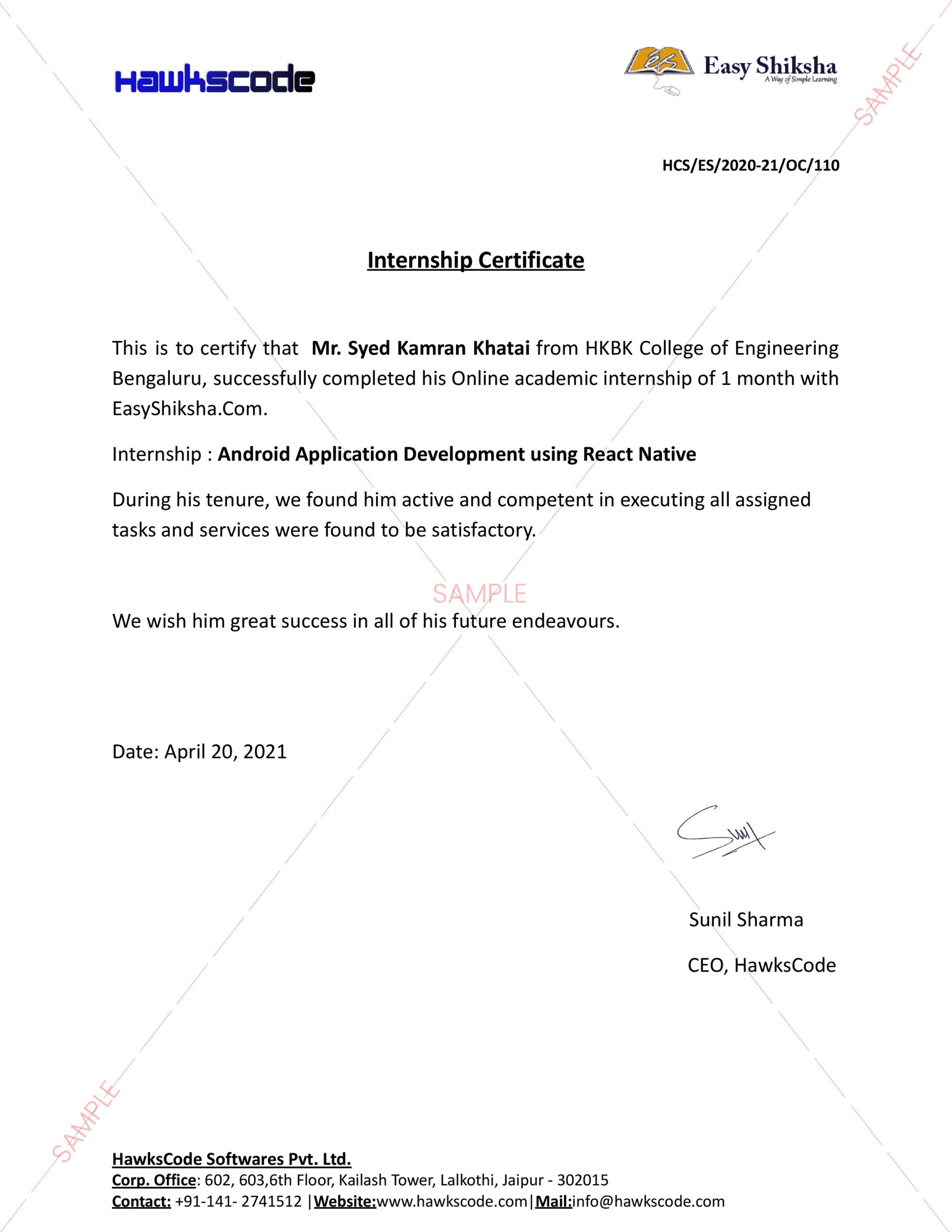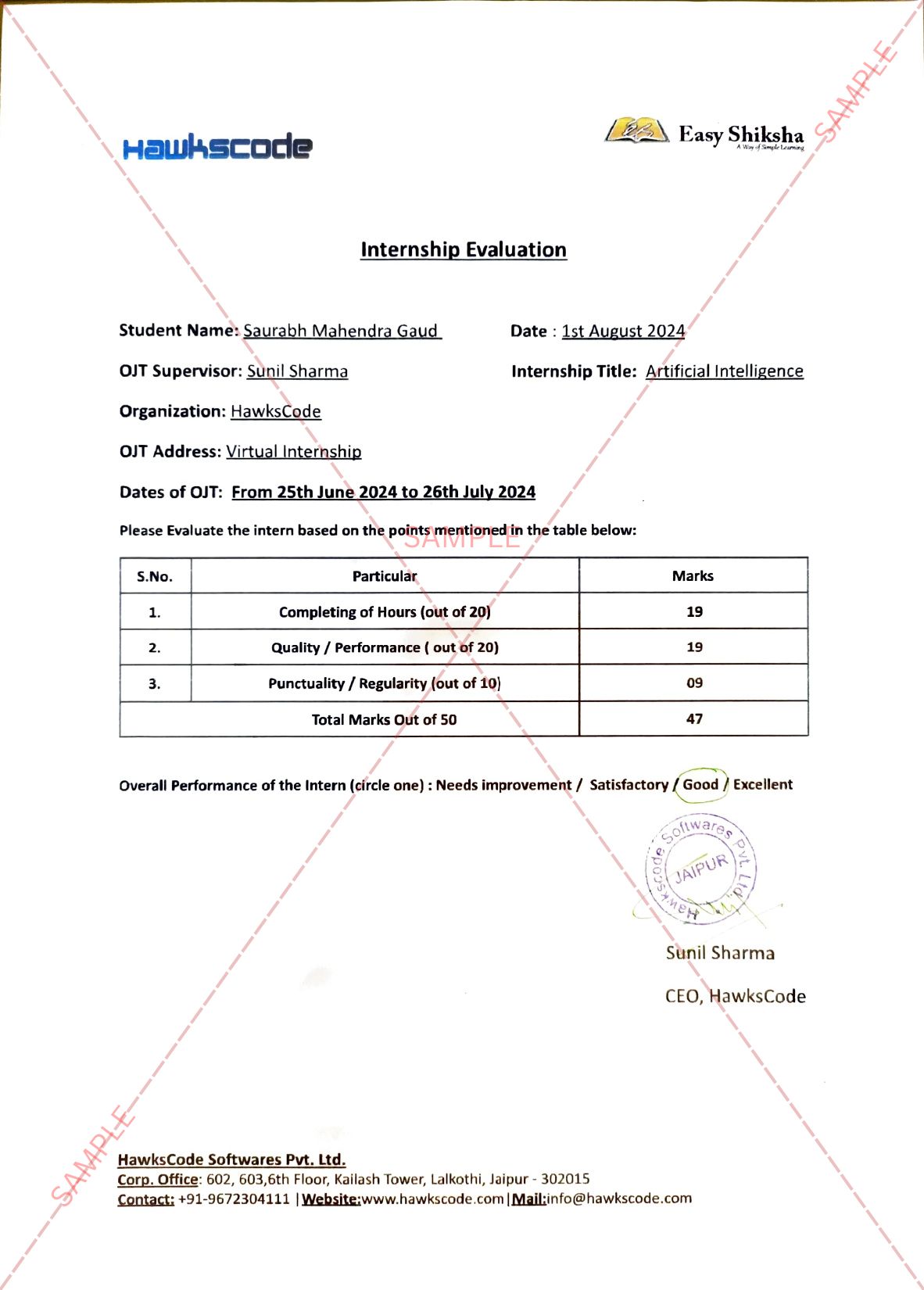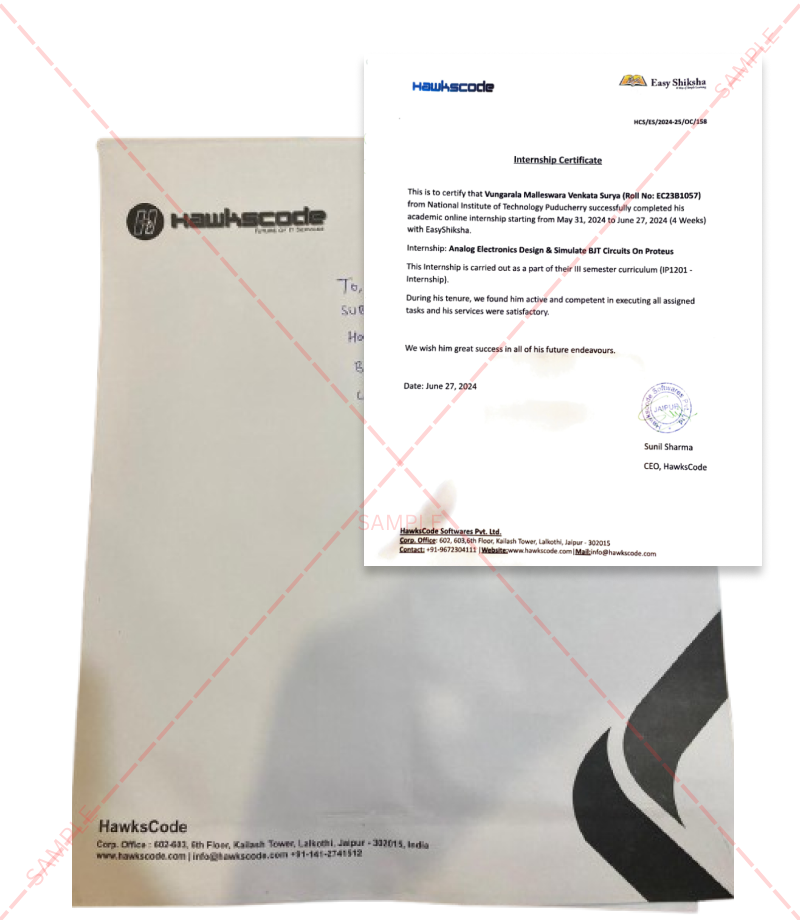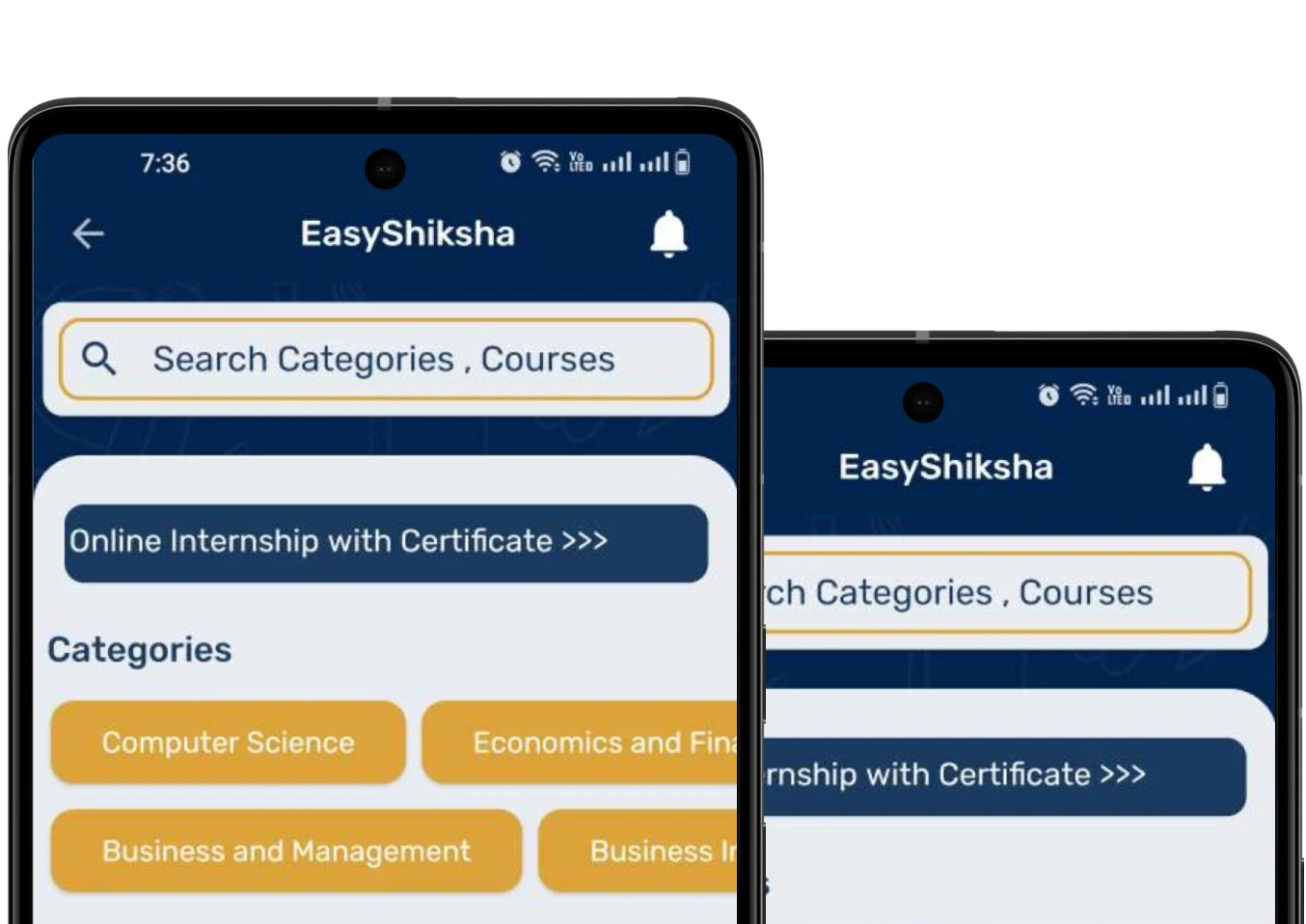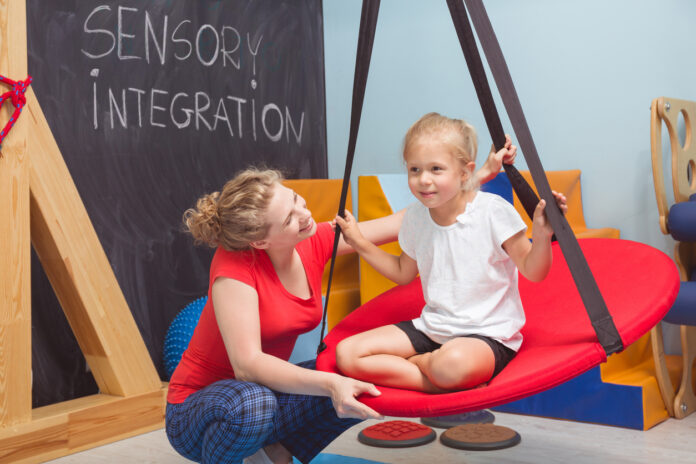
To know what is Sensory Integration Therapy, first let us understand what is sensory integration. Sensory Integration is the ability to receive information from the environment using our 5 senses (actually 8), organize it within our body and act accordingly. A simple example of sensory integration is to ignore the vehicle honking while speaking to someone, knowing that someone is peeling an orange around you or trying to balance yourself immediately when you stumble upon a stone unexpectedly.
Some adults and children show sensory issues. We all have our sensory preferences , preference to wear only soft clothes or only full sleeves/pants, not like too loud sounds, pacing while learning, playing with your hair strands while thinking or to greet friends at a distance vs a hug. Some children find hair trimming extremely upsetting, cover ears even for day to day sounds, are fearful of swings, extremely cautious while descending stairs or stomp their foot while walking.
So, we all have our own sensory baseline for tolerating particular sensory stimulation from the environment. They become a sensory issue when they start interfering with your daily routine. Eg: A child’s need to move constantly causes him difficulty to focus, visual need of spinning objects or toys prevents him from participating in shared or pretend play with a friend or not allowing hair trimming and/or combing can make one look shabby. A cluster of such sensitivities or seeking behaviour is termed as sensory processing disorders or sensory processing issues.
ALSO READ : An interactive Parent-Teacher academic-focused session held at DPS IP
PREVALANCE
The prevalence is as high as 1 in 20 to 1 in 6.25 children in the US general population. There need not necessarily be an accompanying diagnosis to these issues. It can occur independently without any diagnosis too.
WHO NEEDS IT?
These sensory issues are usually reported in autistic children, ADHD kids, global development delay or cerebral palsy. These issues can further hamper the other development domains like speech, motor or social development as the child is constantly looking for opportunities to satisfy his sensory needs or avoid overwhelming situations due to sensitivities.
These issues can be resolved by Sensory Integration Therapy. This is imparted by an occupational therapist certified in Sensory Integration Therapy.
WHAT A PARENT SHOULD KNOW ?
- An Occupational Therapist certified in Sensory Integration Therapy is licensed to do this therapy. Having a therapist with an experience in this field will be effective.
- It is not a table-top therapy. Many parents are misled into their child undergoing just fine motor skills based table top activities as Sensory Integration Therapy.
- A Sensory Integration Therapy room will always have suspensions and equipments suspended from it for use during therapy like a platform swing, tube swing, trapeze, lycra swing to name a few
- This therapy is never passive. A good Sensory Integration Therapist will always follow the lead of the child in order to get “adaptive response” from the child.
- It is not just a set of fixed activities for every child but the activities depend on the Sensory Profile of the child. This is ascertained in the first visit of the child with the therapist.
- The therapy equipments used maybe the same but what matters is how, when and the intensity with which it is used. Eg:Low or high swing, fast or slow swing
- The complexities of activities are increased as the child shows progress to attain targeted skills at different levels of the Sensory Pyramid.
- It comes across as just “play” to parents but there’s a lot of reason and planning for the child done by the therapist during a therapy session.
- A good therapist will always give you a “Sensory Diet” to be followed at home at regular intervals. These are set of sensory activities to be incorporated into the child’s daily routine to make his participation more productive. Eg : Movement activities before study time or a speech session
(Dr Isha Soni, is a licensed Senior Occupational Therapist and a Certified Sensory Integration Therapist from University of Southern California with over 13 years of work experience)
Visit EasyShiksha for skill development courses.


